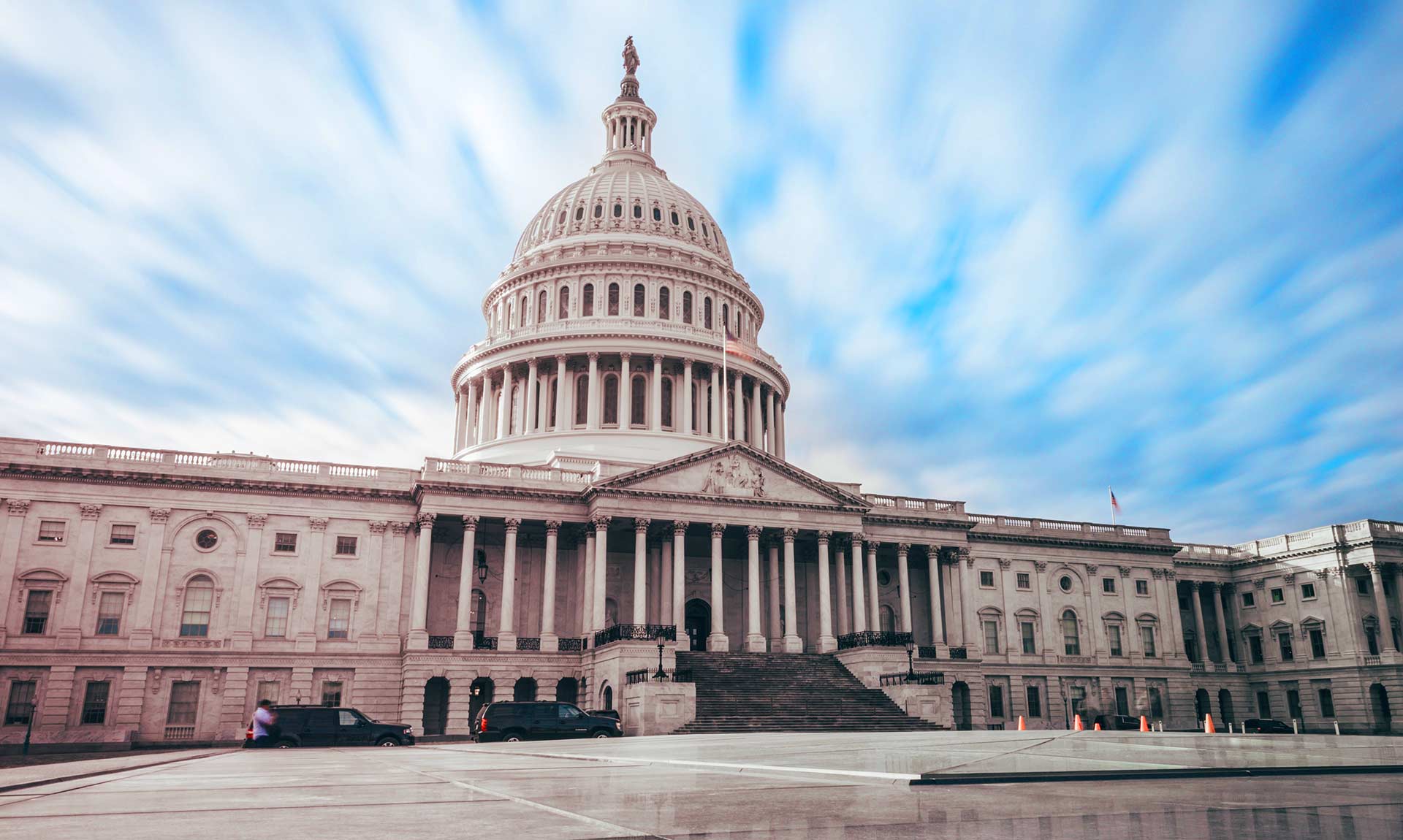Adult Content Created by AI
Adult Content Created by AI
Recent advances in artificial intelligence (AI) technology have produced both startling ethical problems and incredible successes. A problem of this kind is deep fakes, which are pornographic material produced by AI. There are grave repercussions to these advanced digital media manipulations, especially for those who uninvitedly become participants in graphic recordings. Let us explore the subtleties, effects, and possible solutions of this problem.
Understanding the Issue
Generated using AI technologies like Dolly and Mid-journey, deep fakes have made it simpler than ever to produce very realistic-looking films. Remarkably, 96% of deep fakes on the internet as of 2019 included a sexual content, and the great majority of them showed ladies who were not consenting. Real-life examples of the potentially disastrous effects include a teacher who lost her job when her image was falsely shown in an adult movie.
The Human Cost
The human toll of deep fakes cannot be overstated. Targeted by obscene material created by AI, victims including well-known Twitch broadcaster QTC Cinderella have suffered from continuous abuse and mental distress. Beyond the person, their relatives may also come under harassment and abuse.
Effects Legal and Ethical
People are obviously harmed by deep fakes, however the legal frameworks to address this issue are obviously ineffective. Many victims aren’t sufficiently safeguarded legally because only a few authorities have passed laws specifically intended to combat deep fakes.
Answers and Actions
The evil of pornographic material produced by AI has to be addressed by a broad strategy bringing together technology corporations, lawmakers, and society at large.
1. Platform Responsibility: To stop deep fakes from spreading throughout their platforms, tech firms need to take proactive actions. Among them include spending on AI detection techniques and putting in place strong managing content rules.
2. Legal Action: All governments must pass thorough laws making the production and distribution of unlawful deep fakes illegal. More effective battle of this worldwide issue also requires stronger enforcement procedures and international collaboration.
3. Public Knowledge: It is essential to raise public knowledge of the presence and possible risks associated with deep fakes. People may more easily identify real material from manipulative media by developing their critical thinking and media literacy abilities.
4. Victim Support: It’s critical to provide victims of deep fakes access to mental health and legal services. Crucially, survivors must be empowered to pursue justice and take back control of their online persona.
The Path Forward
Our attempts to protect against its abuse has to shift as technology does. The increase of adult material produced by AI emphasizes how urgently collective action is needed to safeguard people’s autonomy, dignity, and privacy in the digital world.
Deep fakes may be minimized and a safer online environment for everyone created by holding abusers responsible, supporting changes in law, and encouraging a culture of digital responsibility. We cannot guarantee that technology acts as a force for good rather than as a weapon for exploitation without coordinated efforts and cooperation.
FAQs
What is it that deep fakes?
A: Deep fakes are artificially intelligently altered films or photos that often show people doing things they did not consent to.
How may victims of deep fakes be affected?
A victim of a deep fake might suffer from mental pain, job loss, and negative publicity, among other things.
Exist there laws specifically targeting deep fakes?
A: Even though some states have passed laws aimed against deep fakes, the legal environment is still unclear and enforcement may be difficult since internet platforms are private.
latest video
news via inbox
Subscribe to Get News Updates








